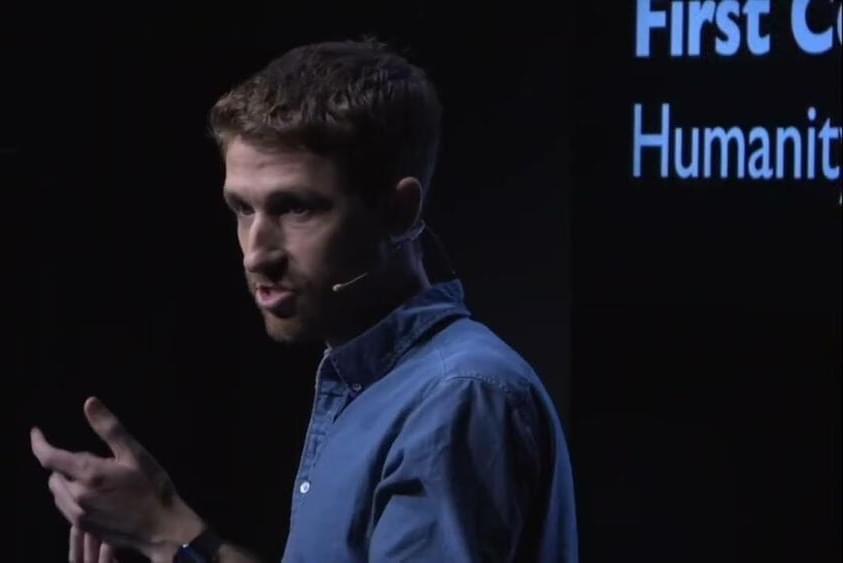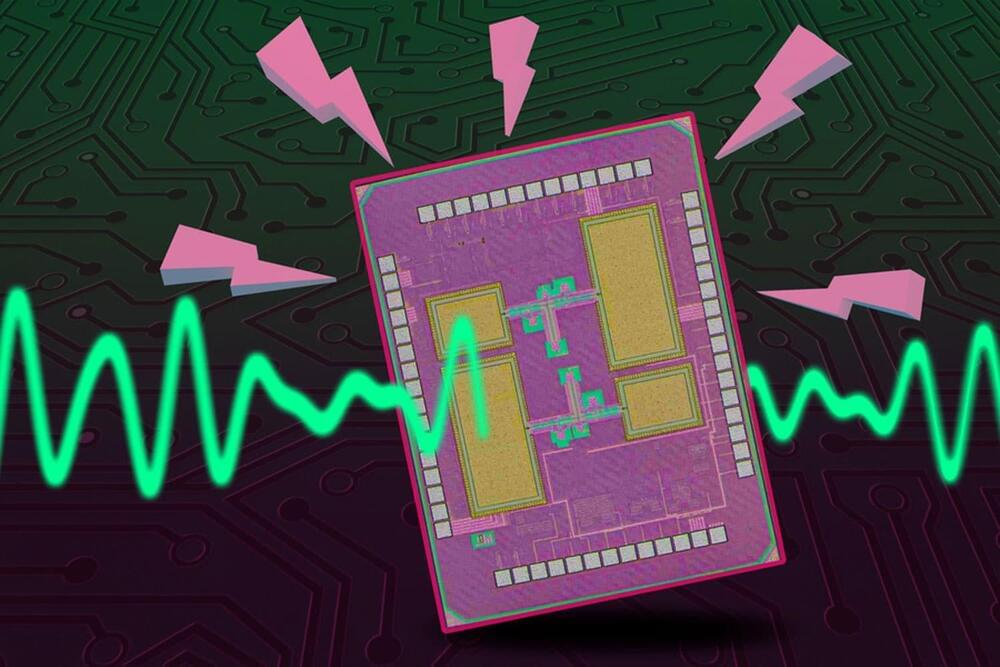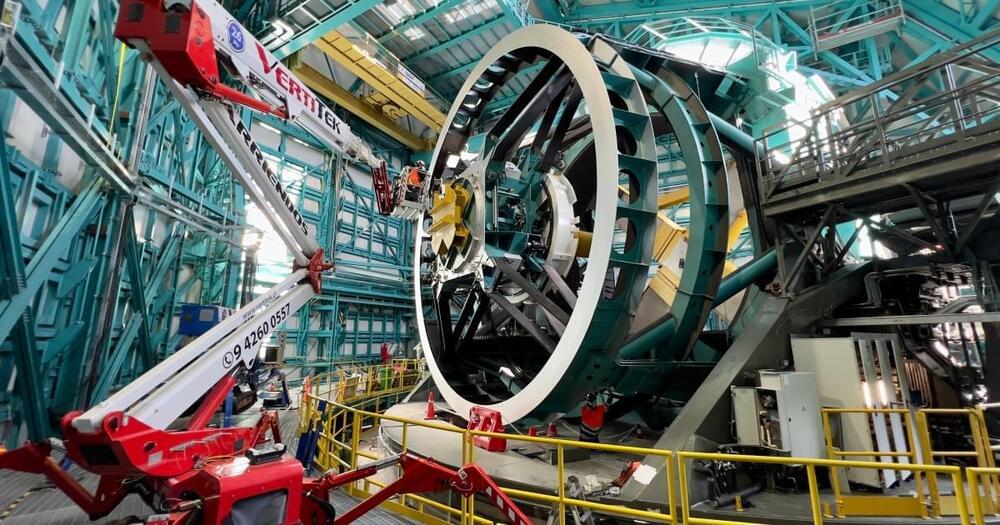NASA landed 12 astronauts on the moon during the Apollo program more than half a century ago. So why is the upcoming Artemis 2 mission just doing a lunary fly-around?



This clip is from the Before Skool Podcast ep. # 4 with Rupert Sheldrake. Full podcast can be accessed here: https://www.youtube.com/watch?v=68fjlUuvOGM&t=3784s.
Rupert Sheldrake, PhD, is a biologist and author best known for his hypothesis of morphic resonance. At Cambridge University he worked in developmental biology as a Fellow of Clare College. He was Principal Plant Physiologist at the International Crops Research Institute for the Semi-Arid Tropics in Hyderabad, India. From 2005 to 2010 he was Director of the Perrott-Warrick project for research on unexplained human and animal abilities, administered by Trinity College, Cambridge. Sheldrake has published a number of books — A New Science of Life (1981), The Presence of the Past (1988), The Rebirth of Nature (1991), Seven Experiments That Could Change the World (1994), Dogs That Know When Their Owners are Coming Home (1999), The Sense of Being Stared At (2003), The Science Delusion (Science Set Free) (2012), Science and Spiritual Practices (2017), Ways of Going Beyond and Why They Work (2019).
Rupert gave a talk entitled The Science Delusion at TEDx Whitechapel, Jan 12, 2013. The theme for the night was Visions for Transition: Challenging existing paradigms and redefining values (for a more beautiful world). In response to protests from two materialists in the US, the talk was taken out of circulation by TED, relegated to a corner of their website and stamped with a warning label.
To Learn more about Rupert Sheldrake and his research, please visit https://www.sheldrake.org/
Please subscribe to Before Skool. Thank you.

This video is from a presentation at a private gathering in San Francisco on March 9th with leading technologists and decision-makers with the ability to influence the future of large-language model AIs. This presentation was given before the launch of GPT-4.
Center for Humane Technology.
Original video : https://vimeo.com/809258916/92b420d98a

Join top executives in San Francisco on July 11–12, to hear how leaders are integrating and optimizing AI investments for success. Learn More
Since its launch in November 2022, ChatGPT, an artificial intelligence (AI) chatbot, has been causing quite a stir because of the software’s surprisingly human and accurate responses.
The auto-generative system reached a record-breaking 100 million monthly active users only two months after launching. However, while its popularity continues to grow, the current discussion within the cybersecurity industry is whether this type of technology will aid in making the internet safer or play right into the hands of those trying to cause chaos.

Enterprise-level network equipment on the secondary market hide sensitive data that hackers could use to breach corporate environments or to obtain customer information.
Looking at several used corporate-grade routers, researchers found that most of them had been improperly wiped during the decommissioning process and then sold online.



A new study published in Ecology and Evolution by Henrik Svensmark of DTU Space has shown that the explosion of stars, also known as supernovae, has greatly impacted the diversity of marine life over the past 500 million years.
The fossil record has been extensively studied, revealing significant variations in the diversity of life forms throughout geological history. A fundamental question in evolutionary biology is identifying the processes responsible for these fluctuations.
The new research uncovers a surprising finding: the fluctuation in the number of nearby supernovae closely corresponds to changes in biodiversity of marine genera over the last 500 million years. This correlation becomes apparent when the marine diversity curve is adjusted to account for changes in shallow coastal marine regions, which are significant as they provide habitat for most marine life and offer new opportunities for evolution as they expand or shrink. Thus, alterations in available shallow marine regions play a role in shaping biodiversity.
